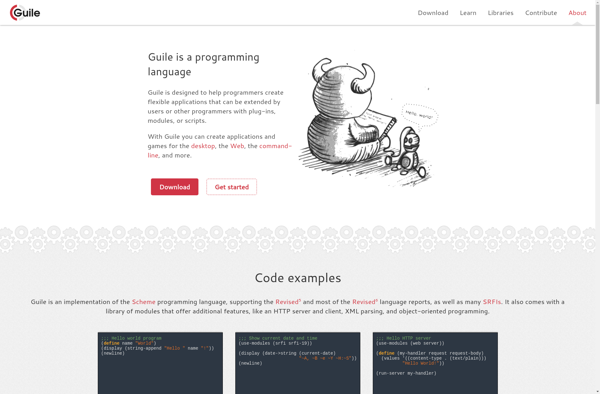Haskell
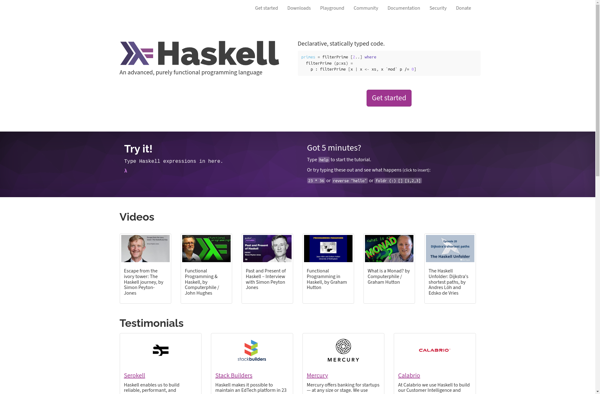
Haskell: Statically Typed Functional Programming Language
A powerful programming language with strong static type system, sophisticated type inference, and non-strict evaluation, used in education, academia, and some commercial applications.
What is Haskell?
Haskell is a statically typed, purely functional programming language that was designed to have very few implementation dependencies. It has a strong static type system with type inference and non-strict (lazy) evaluation by default. Some key features of Haskell include:
- Purity - Functions have no side effects, offering referential transparency and making it easier to reason about code behavior
- Statically typed - Types are checked at compile time, enabling early detection of errors
- Type inference - Compilers can automatically infer types in most cases, reducing explicit type annotations
- Lazy evaluation - Expressions are not evaluated until their results are needed, enabling manipulation of potentially infinite data structures
- List comprehension - A convenient and declarative syntax for working with lists
- Pattern matching - A powerful construct for deconstructing data types and matching against structural patterns
Haskell excels in fields like compilers, parsers, computer algebra systems, bioinformatics and financial systems. Industry users include Facebook, AT&T and Standard Chartered Bank. It is also widely used in teaching functional programming concepts.
Haskell Features
Features
- Statically typed
- Purely functional programming language
- Strong static type system
- Sophisticated type inference
- Non-strict evaluation
Pricing
- Open Source
Pros
Cons
Official Links
Reviews & Ratings
Login to ReviewThe Best Haskell Alternatives
Top Development and Functional Programming Languages and other similar apps like Haskell
Here are some alternatives to Haskell:
Suggest an alternative ❐Python
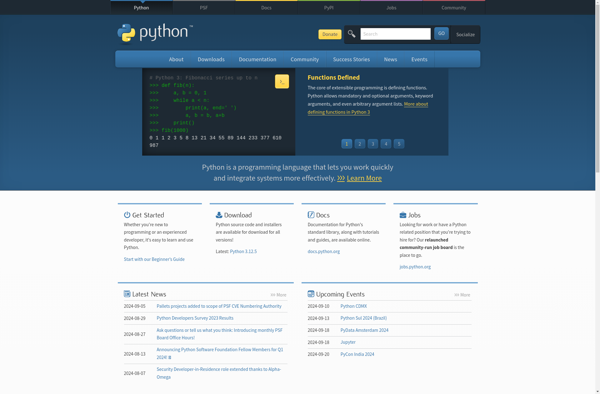
Go (Programming Language)
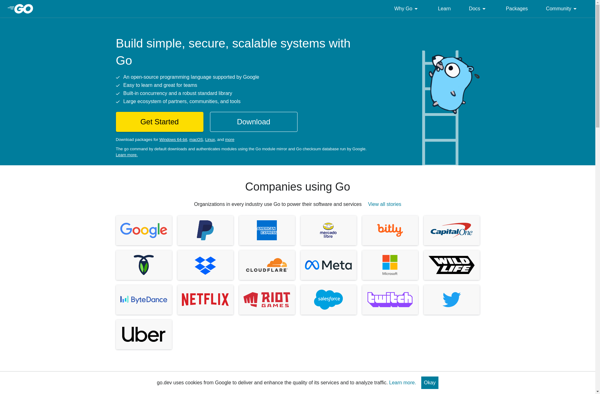
C#

Kotlin
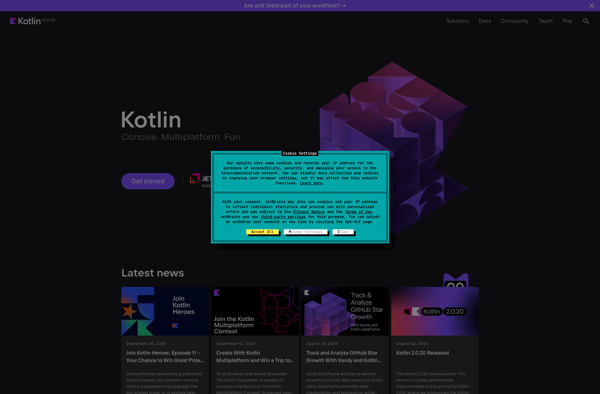
Elixir
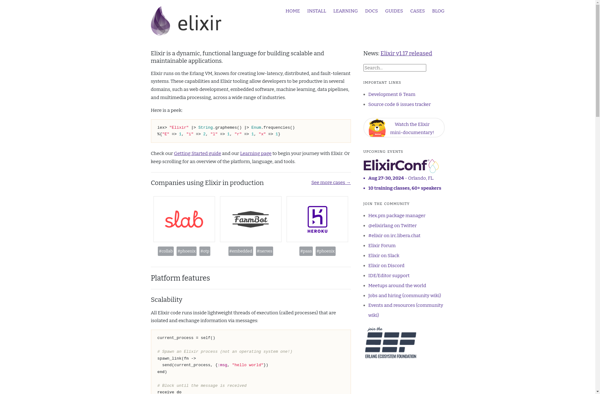
C (programming language)
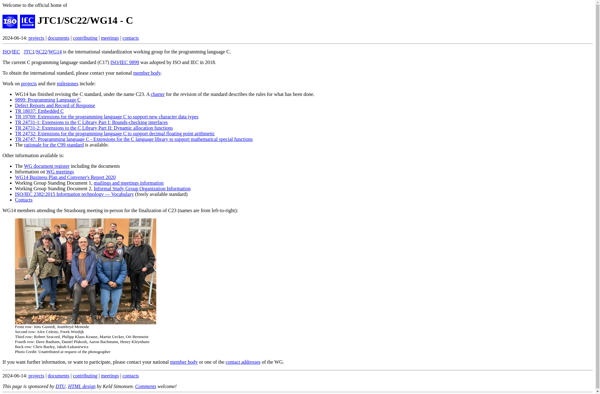
Smalltalk
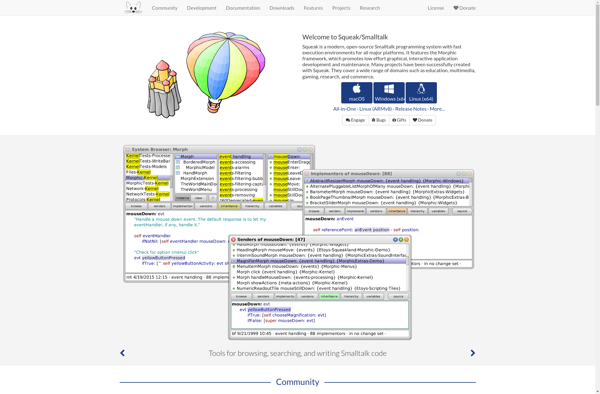
Haxe
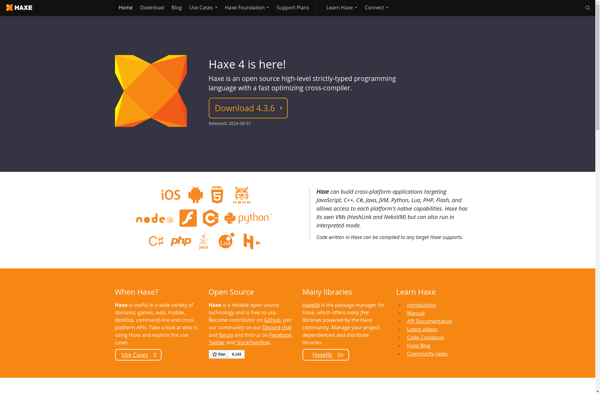
Erlang
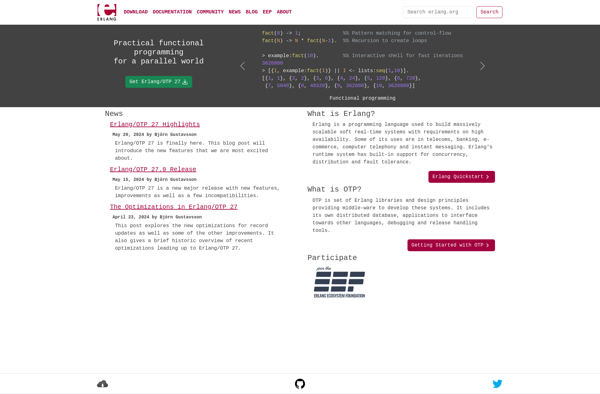
V (programming language)

Ceylon
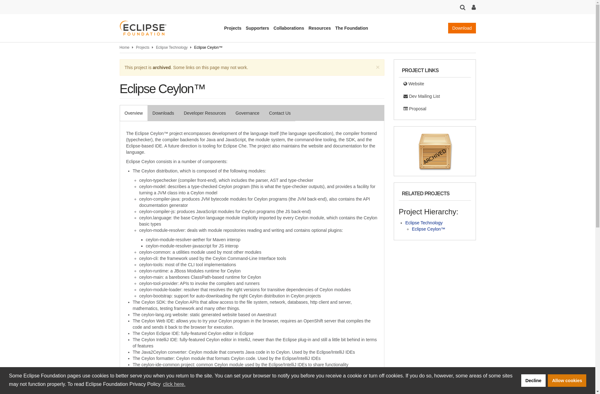
Wyvern
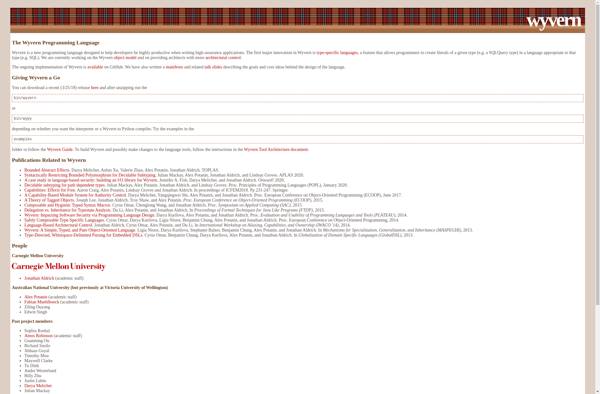
Pike programming language
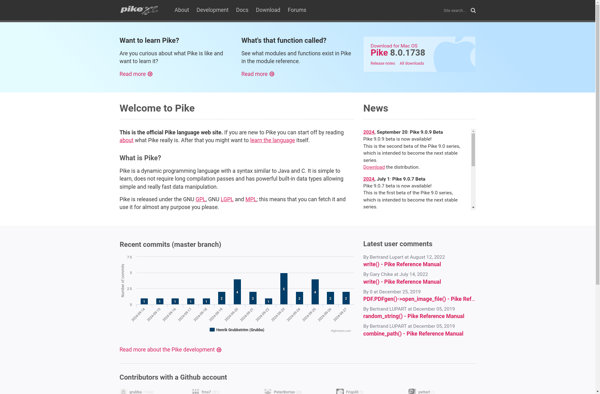
Clojure

Object Pascal
RhoMobile

Objective-C

Beef Programming Language

X10 (programming language)

Jabaco
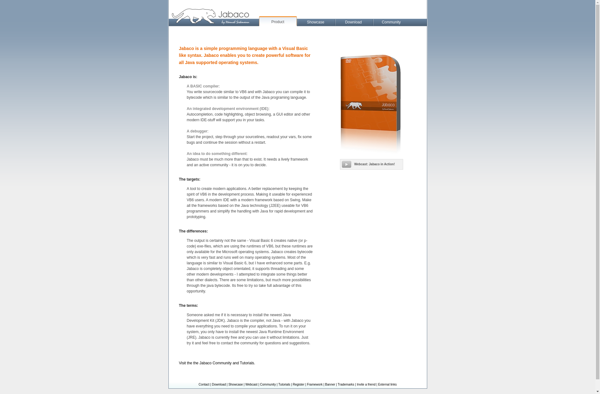
GDscript
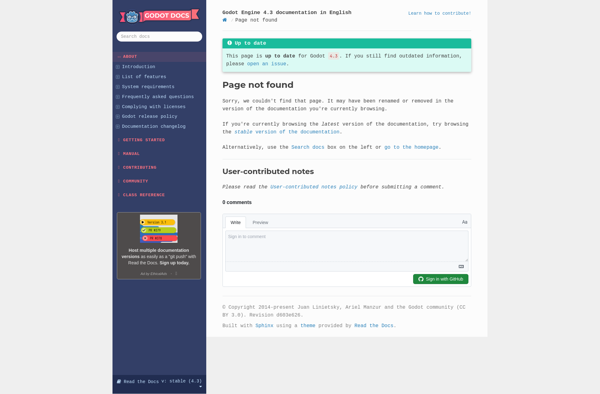
Objective-J
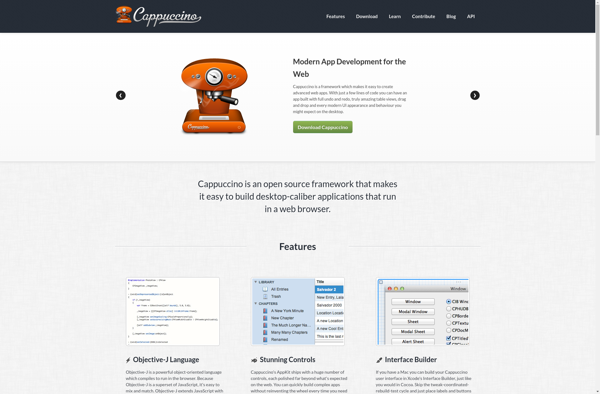
Guile
